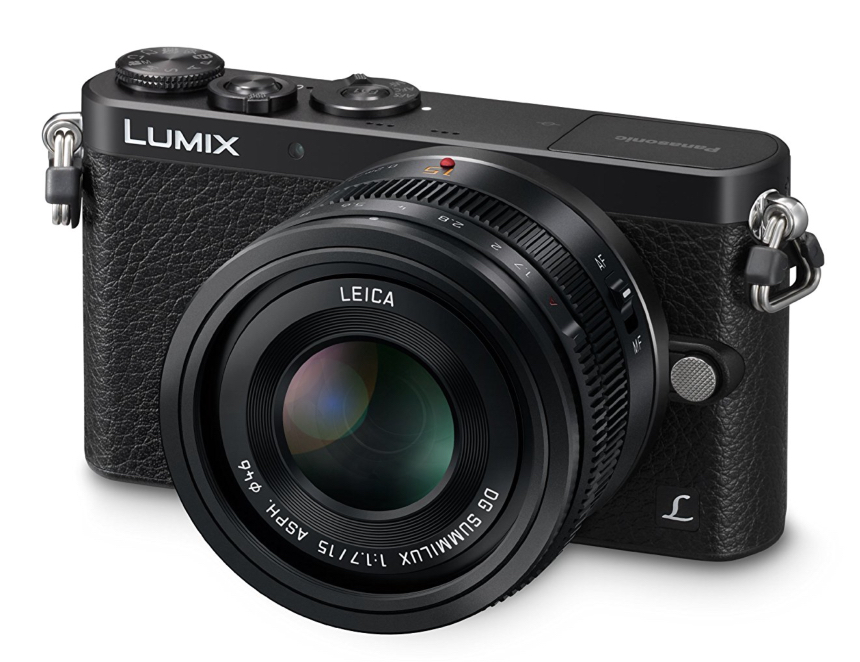What compact camera kit includes a useful zoom lens and a Leica Summilux prime but tips the scales at only 14 ounces? That’s 14 ounces, 400 grams in total. Yes, the whole kit and caboodle.
Size and weight isn’t everything, of course, but there are occasions when you are happy to make a few compromises in the interests of portability. Normally, a compact mirrorless camera body, whether micro four-thirds or APS-C, would weigh at least 400g, even without the benefit of a lens. never mind two. But you can have the lot for that featherweight. Enter the Panasonic Lumix GM1 and its little friends.

Ensemble
This lightweight ensemble consists of the Panasonic Lumix GM1 camera body with its 16MP m4/3 sensor and two lenses that were introduced about the same time, in 2014, and complement it perfectly. One is the Lumix G Vario 12-32 f/3.5-5.6 pancake zoom — a surprisingly good “kit lens” as it happens — and the second is the Leica DG 15mm Summilux f/1.7. It is said that this 55mm-diameter fast lens was developed especially to match the tiny proportions of the GM1. It is identical in girth to the little pancake zoom and both reach from top to bottom of the tiny camera. There’s no flopping forward onto the lens with this miniscule rig.
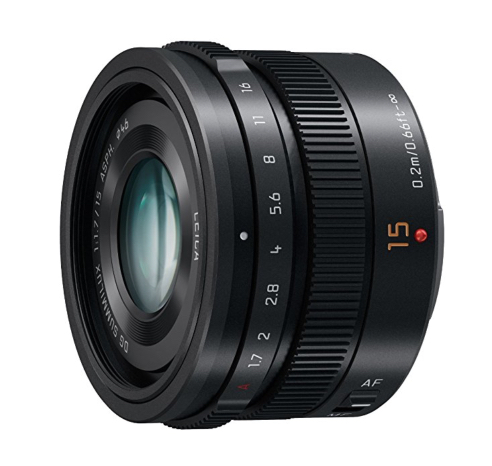
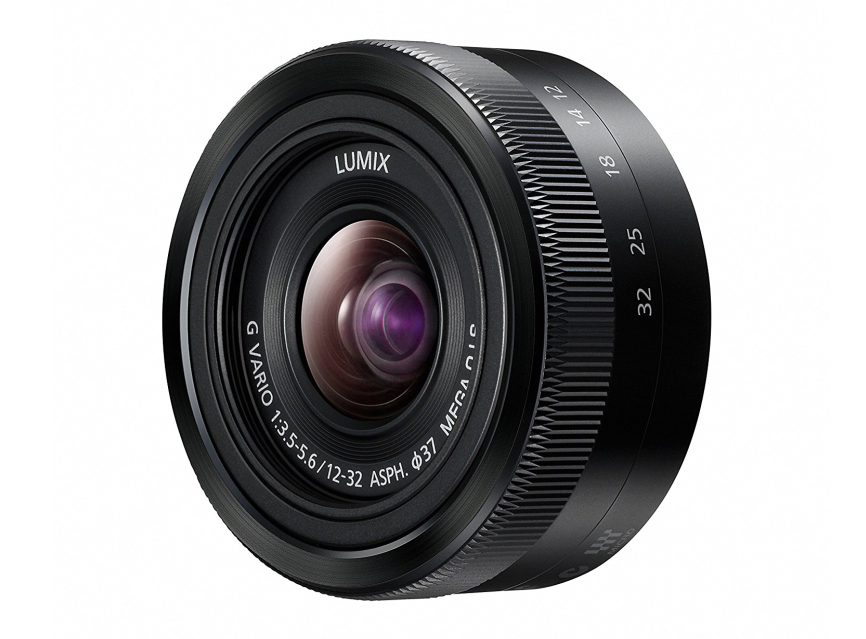
Two little lenses for the pocket rocket: On the left, the 15mm f/1.7 Leica DG Summilux. On the right, the Lumix G Vario f/3.5-5/6 12-32 pancake zoom (Images: Panasonic, click to enlarge)
Now the GM1 is a fascinating little camera. I acquired mine by chance as part of a job lot of cameras and lenses. Together with the pancake lens it cost me peanuts; so little, in fact, that it would have been a crime not to have added it to the list.
Controls
Despite a number of compromises — in particular a very restricted physical control set and the lack of any provision for a viewfinder — the GM1 is surprisingly competent and very easy to use. It has a good touch-screen set up to help assuage the lust for knobs and buttons, but in reality it has all the most important controls readily available. There’s a mode dial on the top plate as well as a dial to choose focus mode – single, continuous and manual — with a central customisable Fn button. There’s even a little pop-up flash if needed.
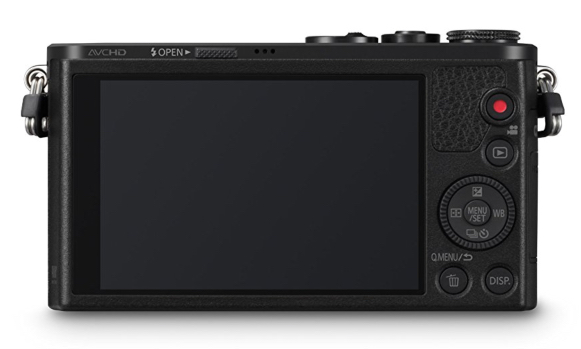
On the back of the tiny body, which is hardly taller than the screen, we have a traditional D pad with a central menu button and a circumference which acts as a selection dial (used for aperture selection among other functions). In addition there are four separate buttons, display, trash/return, play and video. Once you’ve learned your way around this little body you can accomplish everything you need to do.
One peculiarity of this body, as with most thin cameras, is the presence of a 7mm collar to achieve the required distance between optic and sensor. It’s a artifice used by Sony on the A7 and RX1 cameras and by Leica on the new M10.
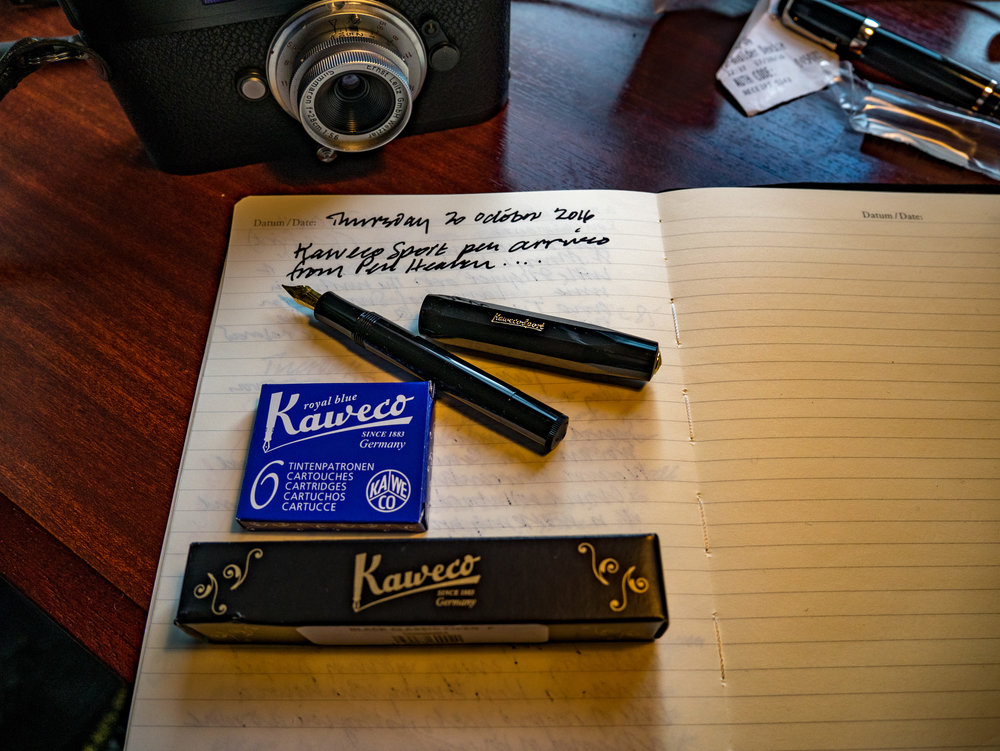
Pro lenses
There are few real compromises, especially if you are a fan of touch-screen control, and the beauty of the GM1 is that you can use any m4/3 lens, including the finest pro optics from Olympus or the Leica DG range from Panasonic. However, add a long zoom and you will struggle in the handling stakes. It becomes a lens with a little camera attached. Yet is this such a bad thing on occasion or in emergency?

With the lenses for which this camera is intended, the unit is very handleable and comfortable, and that is surely its most appropriate role. The compact zoom, while a little restricted at the long end — only 64mm equivalent — has a very usable 24mm wide angle and is a really attractive all-round lens for travel purposes. It isn’t fast, but then few kit lenses of this type are. The Leica X Vario wasn’t fast but it was pretty damned effective in the picture-taking stakes. The 12-32 is actually a very competent little lens, with built-in “Mega OIS” stabilisation, and I don’t feel too short-changed when using it. Ultimately it cannot match, say, the Olympus 12-40 f/2.8 but, within its limits, it is delightful.
It’s a collapsible zoom, with a minimum 23mm depth. Moving the zoom ring extends the lens to 45mm. That’s still extremely small for such a zoom range, even on m4/3. The zoom ring is smooth and precise. I prefer this manual zoom extension to automatic operation as on so many cameras (for instance, old designs such as the Leica X1 or more modern lightweights, including the Sony RX100).
You can retract the lens and still leave the camera switched on for quick action. It saves the battery too, with no in/out motor to soak up the juice. Naturally you can’t use the lens without extending it and there’s a helpful warning which comes up on the screen if you make the attempt.

Build quality
If I can criticise this lens it would be on built quality. It has a plasticky feel about it and there is no focus ring — which more or less rules out manual focus. The benefit, on the other hand, is lightness.
There is also no manual aperture ring so changing apertures depends on twiddling the circumference of the D-pad. It is rather fiddly and is one of the least enjoyable aspects using this camera. However, this isn’t a problem with lenses featuring an aperture ring, as is the case with all the latest Leica DG designs.
The GM1 with the pancake lens attached tips the scales at a very modest 270g (10oz). The body is 98mm long, 55mm tall and 30mm deep. With the collapsed pancake added the depth increases to 53mm. This is a super compact little camera that competes fairly with tiny bridge models. It is much smaller, for instance, then the Panasonic LX7 or Leica D-Lux, yet offers a similar performance. Remarkably, the body is actually smaller than the Sony RX100 (102 x 58 x 41mm) but the pancake lens of the Lumix sticks out an extra 12mm making it less pocket friendly.

Reality
The fascinating reality of this camera is that it is no bridge design; it offers a fully functioning interchangeable-lens system. In seconds you can transform it from a rather modest little zoomer to a very competent primer. Take the Leica DG 15mm Summilux, for instance. It isn’t a genuine German-made Leica, rather a Leica-designed lens made by Panasonic. But, like the 12mm Summilux and the 42.5mm Nocticron (both f/1.2 maximum aperture), it is a robust performer. It weighs only 110g (4oz) yet sports a precise aperture ring with clicks at 1/3EV stops — the ring also moves to A to permit shutter-priority shooting.
As with other similar designs, if you set the mode dial to A and select a specific aperture on the lens you have aperture-priority mode. All round, this is a delightful and very high performing little prime lens which transforms the GM1 into a pro camera. It has an AF/MF toggle switch on the barrel although the top-plate-mounted selector is just as convenient. In manual mode the camera offers focus magnification if selected in the menu.
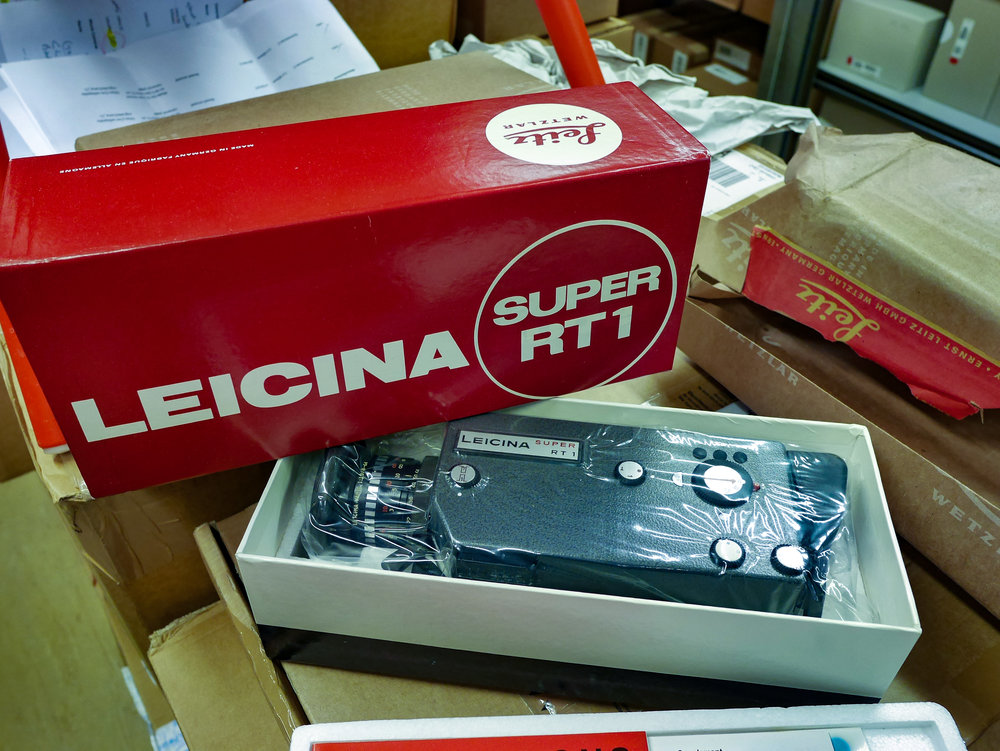
Unlike Leica M lenses that you may be used to, this Leica DG Summilux will focus down to 20mm. It’s a little gem of a lens and, taken with the GM1 and its pancake zoom (also a 20mm focuser), makes a near perfect minimal travel package. At 400g or 14oz you definitely can’t go wrong. And the camera is so small the it can easily be carried as a second body to a more professional m4/3 camera such as the GX8, PEN-F or OM-D. There is not much to dislike about this rig.
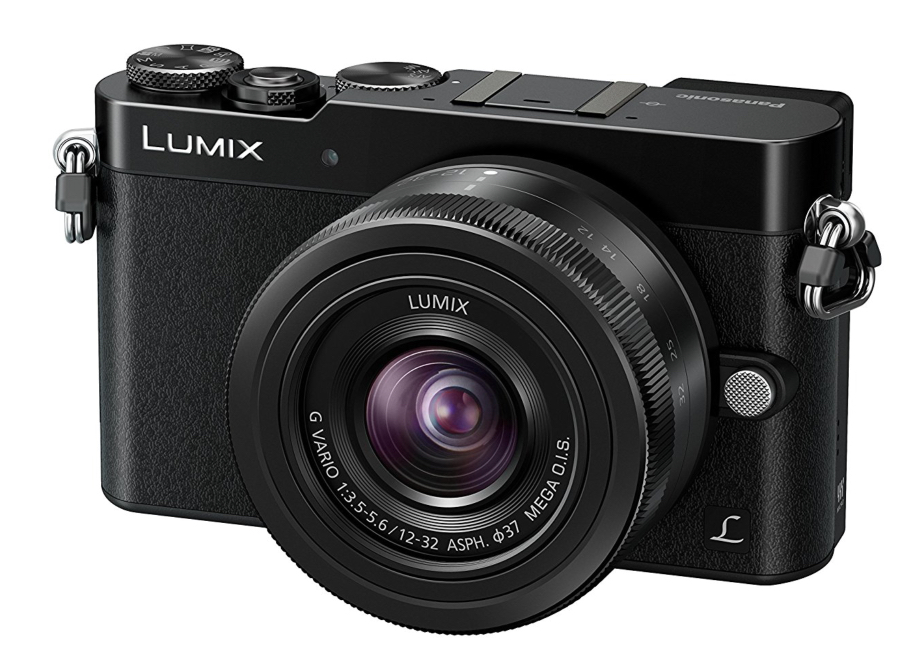
M-mount lenses
Another plus point for the little GM1 is that it can be used with almost all Leica M glass, ancient and modern, with the aid of an M/MFT adapter. You could try the tiny 28mm f/5.6 Summicron, for instance, or the excellent 28mm Elmarit f/2.8. Or, even, a 35mm or 50mm Summilux. All sit well on the GM1 and, of course, offer precise manual focus when used with the rear screen. The only downside, as with any m4/3 camera, is that the focal length is effectively doubled. So even the 28mm Elmarit has a 56mm view when bolted to the GM1.
The GM1, though not common, is pretty easy to find on the used market. An alternative is the slightly larger GM5 which adds a small but useful electronic viewfinder but makes do with a smaller resolution rear screen. Since I like the GM1 so much I have been on the look out for a GM5 but they appear to be rarer on the second-hand market.
Note that both the GM1 and GM5 still appear as current models on the Panasonic website but I have failed to track down any new versions in stock. There is no mention of them on the popular Camerapricebusters site, for instance.
_____________

